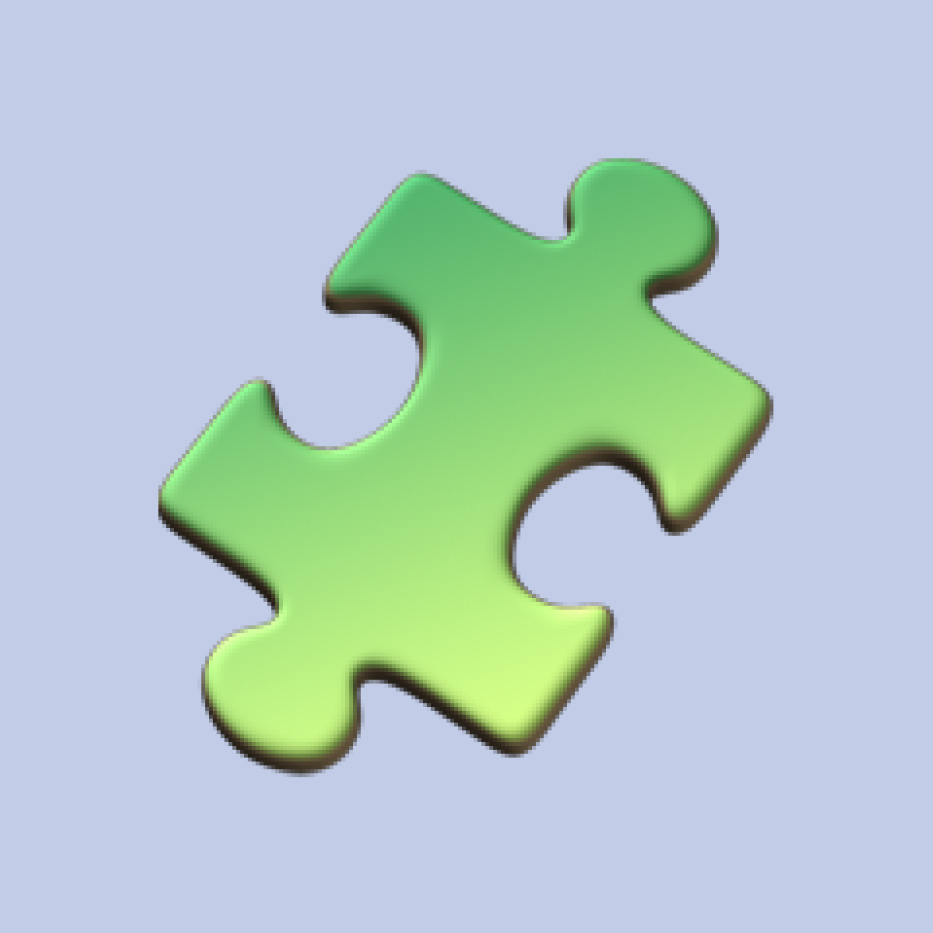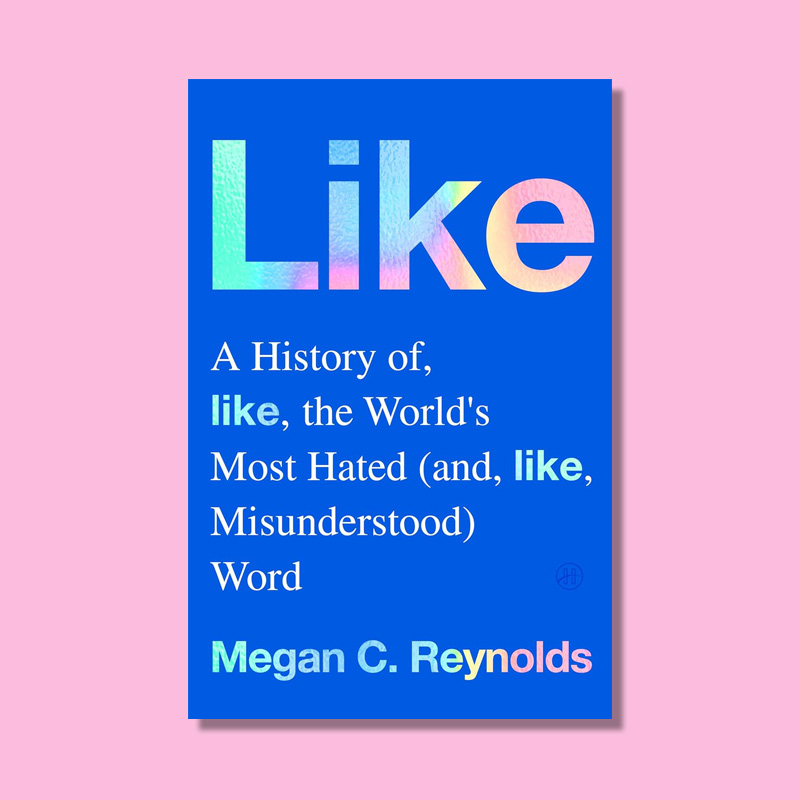What is a flat adverb? | | Adverbs are a part of speech used to add description and context to your verb choices. You can usually spot them with an "-ly" suffix, but flat adverbs are an exception. Here's why they're commonly confused with adjectives. | |  | Jennifer A. Freeman |
|
| |  | | H e spoke quietly. They ran quickly. The last word in each of these two sentences is an adverb, a word that modifies a verb. We know that a complete sentence has a subject (a noun or a pronoun) and a verb, but adverbs are another part of speech that serves to add color and nuance to clauses. They're a handy writer's tool used to describe an action or give more detail about a verb. We're usually able to spot adverbs easily, as most end in the letters "-ly."
This is not always the case, though — a flat adverb is a descriptive word that's missing that "-ly" suffix. Flat adverbs often look identical to their adjective counterparts, and both are used to modify or describe another part of speech. However, they differ in usage: Adverbs describe a verb instead of a noun. It seems simple enough, but many adverbs and adjectives are interchangeable.
Take, for example, the word "fast." It can be used as both an adjective and an adverb. To use it as an adjective, you might say, "She was on the fast track to success." In this example, the adjective "fast" describes the noun "track." When "fast" is used as a flat adverb, though, the usage of the word changes. While still denoting quickness, in the phrase "she ran fast," the flat adverb "fast" describes the speed of the verb "ran."
There are, of course, regular adverb synonyms ("quickly," "swiftly," "hurriedly") for the flat adverb "fast." Each of these conveys a slightly different tone than the flat adverb, which helps explain why there are so many more regular adverbs than flat. If the goal is to add description, it's usually worth using the most powerful word at your disposal. |
|
| | Advertisers help keep Word Smarts free | |
Emoji Decoded | |  | | Jigsaw Puzzle Piece | | | Meaning: Represents a single puzzle piece, often used to symbolize problem-solving or something that completes a bigger picture.
Evolution: The 🧩 has evolved into a social media symbol for sharing "life hacks" or revealing crucial pieces of information.
Usage: [TikTok caption:] The 🧩 finally clicked… if you drink water before coffee, it hits different 💫🌈 |
|
 | | Jigsaw Puzzle Piece | | | Meaning: Represents a single puzzle piece, often used to symbolize problem-solving or something that completes a bigger picture.
Evolution: The 🧩 has evolved into a social media symbol for sharing "life hacks" or revealing crucial pieces of information.
Usage: [TikTok caption:] The 🧩 finally clicked… if you drink water before coffee, it hits different 💫🌈 |
|
| |
Have you read? | |  | | Like | | By Megan C. Reynolds | | If you like words, you'll love "Like." In this insightful exploration of language, culture writer Megan C. Reynolds unpacks the history of the word "like," including the word's role in the "Valley Girl" stereotype of the 1980s. "Like" explores the word's many traditional applications and traces its evolution into an essential tool of modern communication after Facebook added its "Like" button in 2009. | | | | Samantha Abernethy, Word Smarts Writer | | | | We independently evaluate all recommended products and services. If you click on links we provide, we may receive compensation. |
|
 | | Like | | By Megan C. Reynolds | | If you like words, you'll love "Like." In this insightful exploration of language, culture writer Megan C. Reynolds unpacks the history of the word "like," including the word's role in the "Valley Girl" stereotype of the 1980s. "Like" explores the word's many traditional applications and traces its evolution into an essential tool of modern communication after Facebook added its "Like" button in 2009. | | | | Samantha Abernethy, Word Smarts Writer | | | | We independently evaluate all recommended products and services. If you click on links we provide, we may receive compensation. |
|
| |
You might also like | |  | | | | When Do We Paint the Town Red? | | Going on a big night out is sometimes described as "painting the town red," but the origins of this phase might have been more literal. When is it appropriate to use this expression? |
| | | |
| | Advertisers help keep Word Smarts free | |
|


Tidak ada komentar:
Posting Komentar